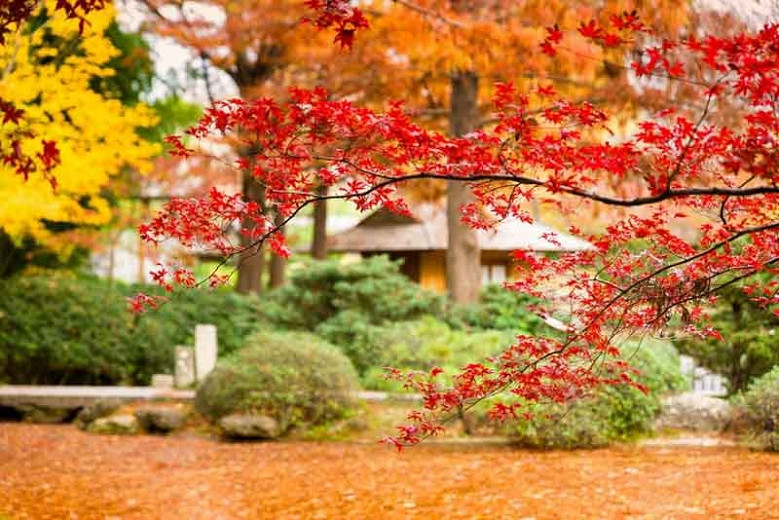Table of Contents
The beautiful and enchanting Acer tree, also known as the maple tree, is a marvel of nature that has captured all hearts for centuries. Its mesmerizing colors that change with every season and its prominent presence make it a sought-after addition to many gardens. However, ensuring its flourishing growth and impressive display requires more than just regular care.
The placement of the tree within your living space is an important aspect as well. In this guide, we will learn more about the ideal conditions and spots that will make sure that your Acer tree flourishes. We will also learn more about the ever-important question of when to prune acer as an essential part of its maintenance.
Understanding the Natural Habitat of Acer
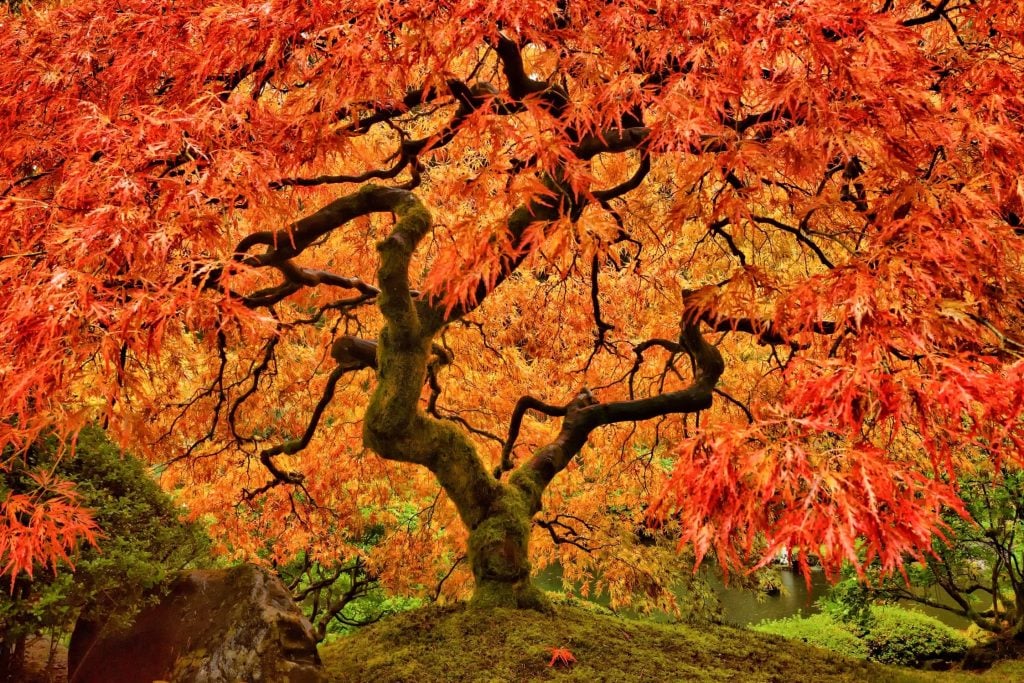
Before we decide on the tree’s location, it is essential to understand the natural habitat of the tree as it can provide crucial insights. Acer trees are native to Asia, Europe, and North America and primarily thrive in regions with temperate climates. These zones provide the chilly winter and moderate summer temperature required for the trees to grow. Keeping these conditions in mind and garden, you can create a conducive environment for your Acer tree.
Light Preferences
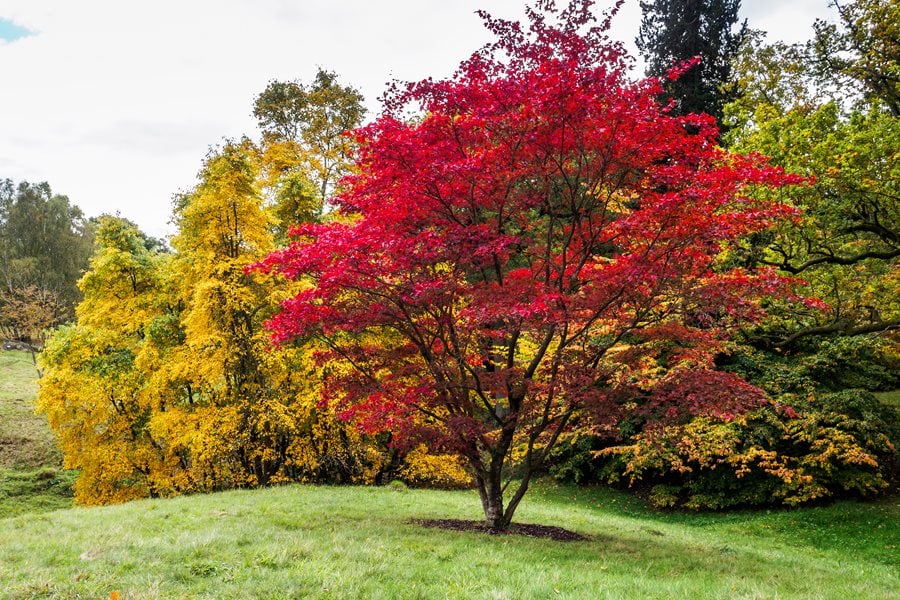
Acer trees prefer dappled sunlight. While they require a few hours of sunlight daily, excessive direct sunlight, especially during burning afternoons, can lead to leaf burning. An ideal spot for the tree to grow is somewhere it receives morning sunlight but gets protection against the intense midday sunlight. If your garden has large trees or structures that cast partial shadows, these could be the best spots for your Acer tree to grow.
Soil Conditions
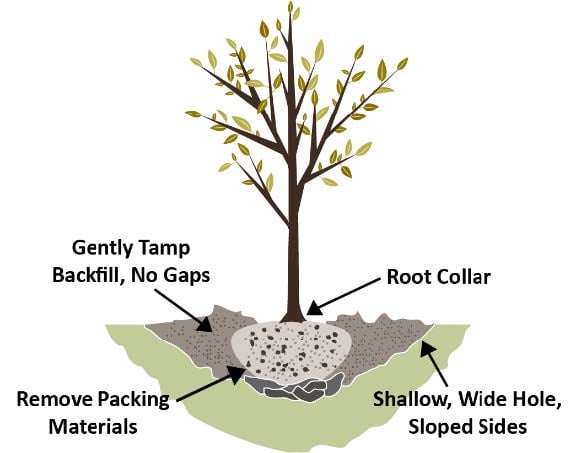
For the Acer tree to grow, well-draining soil that is rich in organic matter suits it best. These trees also prefer slightly acidic to neutral pH levels. Before planting a tree, it is beneficial to do a soil test to help you make any necessary adjustments to ensure that the Acer tree has the best foundation.
Watering Needs
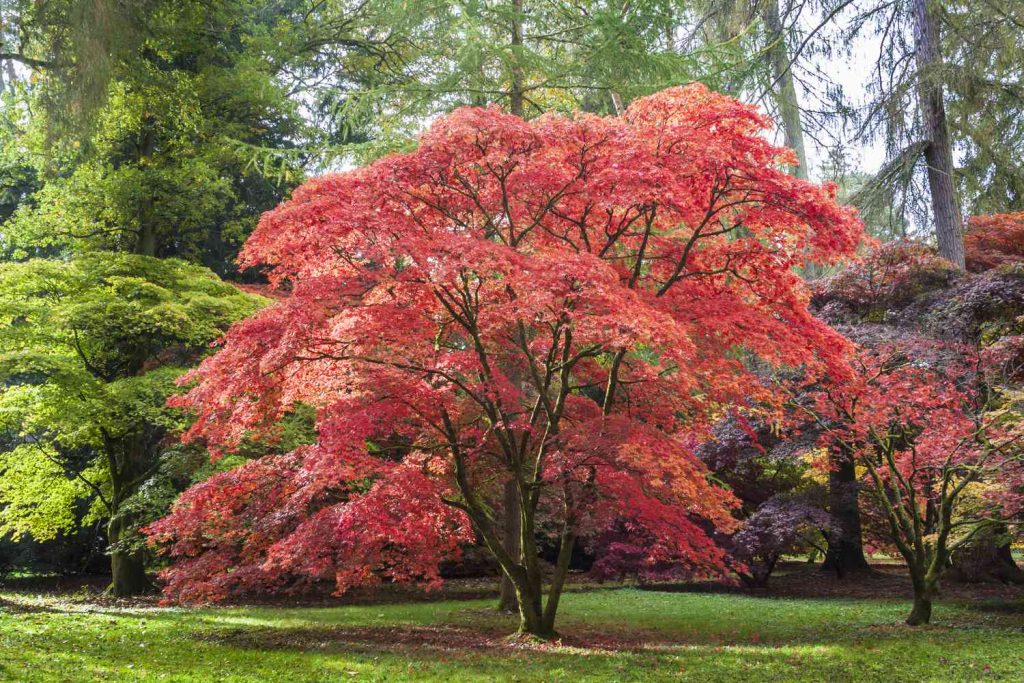
While Acer trees are somewhat tolerant to short drought periods, especially when they are fully grown, it is recommended that a consistent moisture level is present to promote their optimal growth. A place that retains moisture without a waterlogging problem is ideal. Mulching around the base can help conserve and retain soil moisture, regulate temperature, and prevent the growth of weeds.
Protection from Harsh Elements
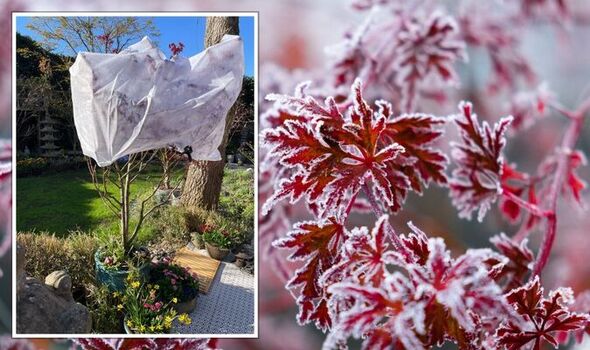
Young Acer trees, in particular, are sensitive to extreme weather conditions. Whether it is intense winds, frost, or severe heat, it is vital to provide protection to the trees to ensure the steady growth of the tree. Planting the Acer tree in a spot that is shielded against strong winds and heat or using protective covers during frosty weather can make a significant difference in tree growth.
Aesthetic Considerations
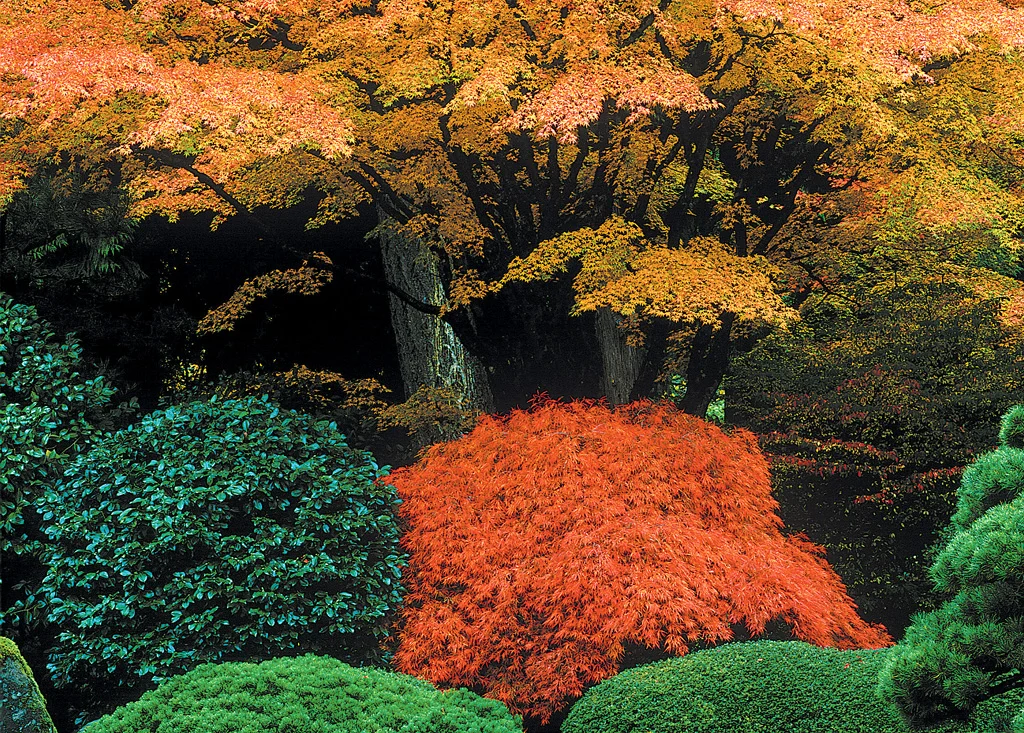
The Acer tree is not just about the technicalities of planting. Given the ornamental nature, you should consider the aesthetics you want to create around the tree as well. Whether it is a focal point in your garden, a part of a more significant woodland theme, or a shade provider in the sitting area of your garden, the position of the Acer is a crucial point to consider to enhance the surroundings.
Maintenance and Pruning
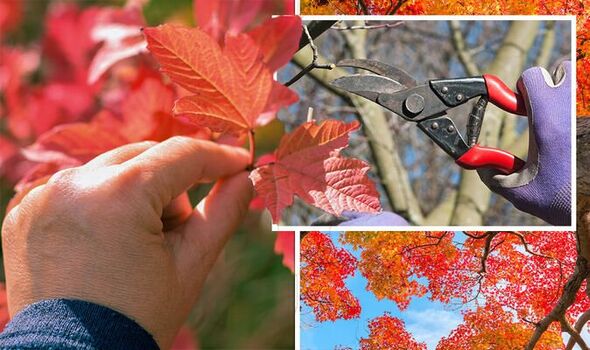
For your Acer tree to look the best it can, regular maintenance, especially pruning, is crucial. Pruning helps in shaping, removing dead or diseased branches, and promoting the healthy growth of the tree. But the critical question that comes out is when to prune Acer. From late summer to early autumn, when the sap flow slows down, marks the ideal season to prune the trees. This reduces the risk of sap bleeding and potential pest infestation or diseases. It is also essential to make sure you use sharp tools for clean cuts to avoid injuring the tree.
Companion Plants and Local Fauna
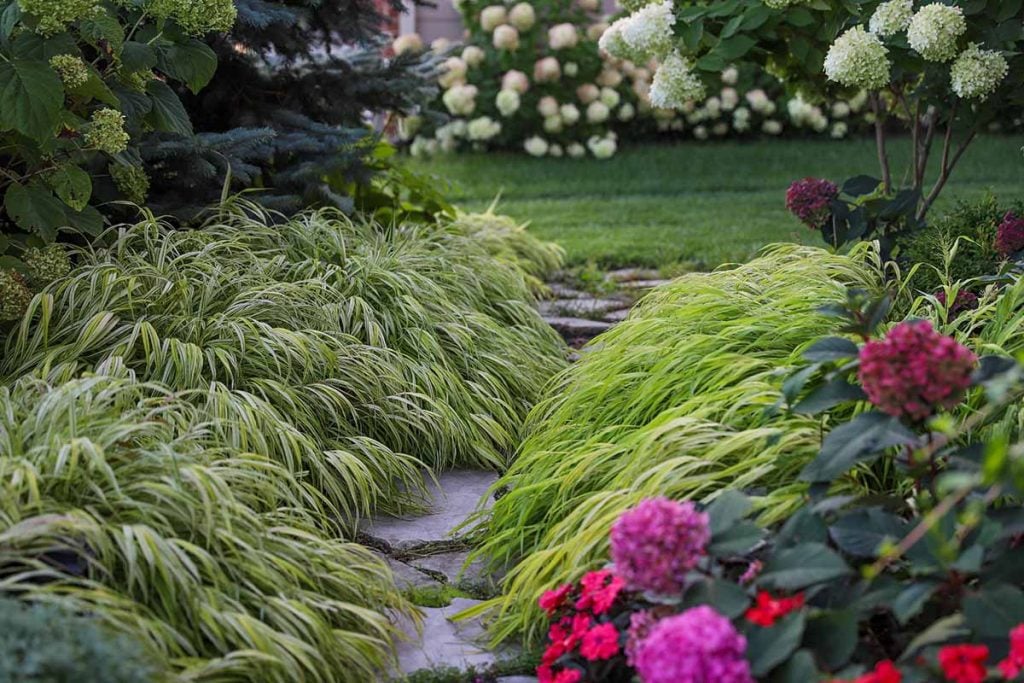
Acer trees do not thrive in isolation but create a harmonious relationship with plants that thrive alongside them if you consider making a holistic garden design. Ferns, rhododendrons, or hostas complement the Acer’s beauty, ensuring the garden space is balanced and harmonious. Acer trees, when merged with dappled sunlight and well-draining soil, become a hub for local fauna. From birds that perch on top of the branches to beneficial insects that are attracted to its shade, the tree becomes a complete ecosystem. Make sure that the location allows such natural interactions without causing problems in your daily lives.
Conclusion
Choosing an accurate location for the Acer tree lays the foundation for its long-term health and beauty. By understanding its preferences and synchronizing them with your garden’s conditions, you lay the basics for a beautiful centerpiece that future generations will cherish. It is important to remember that the tree’s care does not stop at planting. Maintenance, especially actively pruning the tree, is the key to ensuring it grows in all its glory.
The question of when to prune Acer is important, as timely trims protect the tree from potential problems and also help in shaping the silhouette of the tree. Cultivating an Acer tree is more than just art; it combines aesthetic appeal with botanical science.

